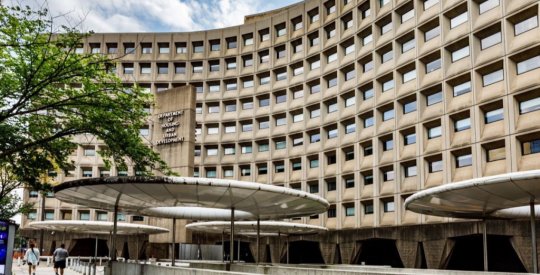There have been a slew of ratings downgrades to various subprime and Alt-A deals recently; but there appear to be even more on the horizon, thanks to more changes announced today by Standard & Poor’s. S&P said it has revised the assumptions it uses for the surveillance of U.S. residential mortgage-backed securities (RMBS) — chief among them, the rating agency said it has bumped up expected lifetime losses for the 2006 subprime vintage to 19 percent. The agency had previously forecast losses at 14 percent. Beyond the 2006 vintage, S&P also said it will “recalculate lifetime loss expectations for all vintages of U.S. RMBS” — that means not just subprime, and not just 2006. S&P also said it was extending its expected loss amount over the lifetime of transactions, as well as revising assumptions on the availability of excess spread. Both are technical points, but important to understand, so I’ll explain each in turn. In your plain-vanilla securitization, losses are forecast over 36 months — the typical ‘seasoning’ time, where default activity peaks and then tapers off. By revising its loss curves to cover the entire duration of a deal, S&P is recognizing that the housing downturn is going to last long enough to turn traditional loss assumptions on their head. In terms of excess spread, the revisions come on the heels of the ARM freeze program — sort of the “default later” problem, if you will. Because borrower defaults may occur later than expected if a deal has a sufficent amount of ‘freezing’ in it, it’s possible that excess spread in a deal may have been depleted by the time a frozen ARM thaws out and defaults. (See an earlier post for an in-depth discussion of this issue). The rest of S&P’s release provides some insight worth reading [emphasis added]:
Monthly performance data reveals that delinquencies and foreclosures continue to accumulate at an increasing rate for the 2006 vintage. Since July 2007, cumulative losses for all subprime RMBS transactions issued during 2006 have increased 156% to 1.13%. The cumulative loss amount is based on the original balance of the transactions. At the same time, total and severe delinquencies (90-plus days, foreclosure, and REO) have increased 49% and 66%, respectively. As of the December 2007 distribution date, total delinquencies for the 2006 vintage had increased to 28.79% and severe delinquencies were 18.83% of the remaining principal balance of the transactions. This delinquency trend has caused us to increase our expected lifetime loss projection.
There’s also some very serious discussion about the fact that cumulative losses thus far have been far below expectations, while foreclosure volume is strongly outstripping projections — which means there is a whole lot of REO out there that isn’t getting sold. Losses don’t get recorded until they’re actually losses, meaning the REO inventory is sold off and losses start to get real. Standard & Poor’s last put its RMBS criteria through a major revision in July 2007 (see HW’s coverage here), which lead to wide-scale downgrades of numerous subprime RMBS. I’d expect to see more in the wake of today’s announcement. For more information, http://www.standardandpoors.com. Update: The WSJ picked this story up one day after I published this — given the number of Dow Jones reporters that read this site, it’s enough to make me think I need to start charging for content if news broken here isn’t getting properly cited.



